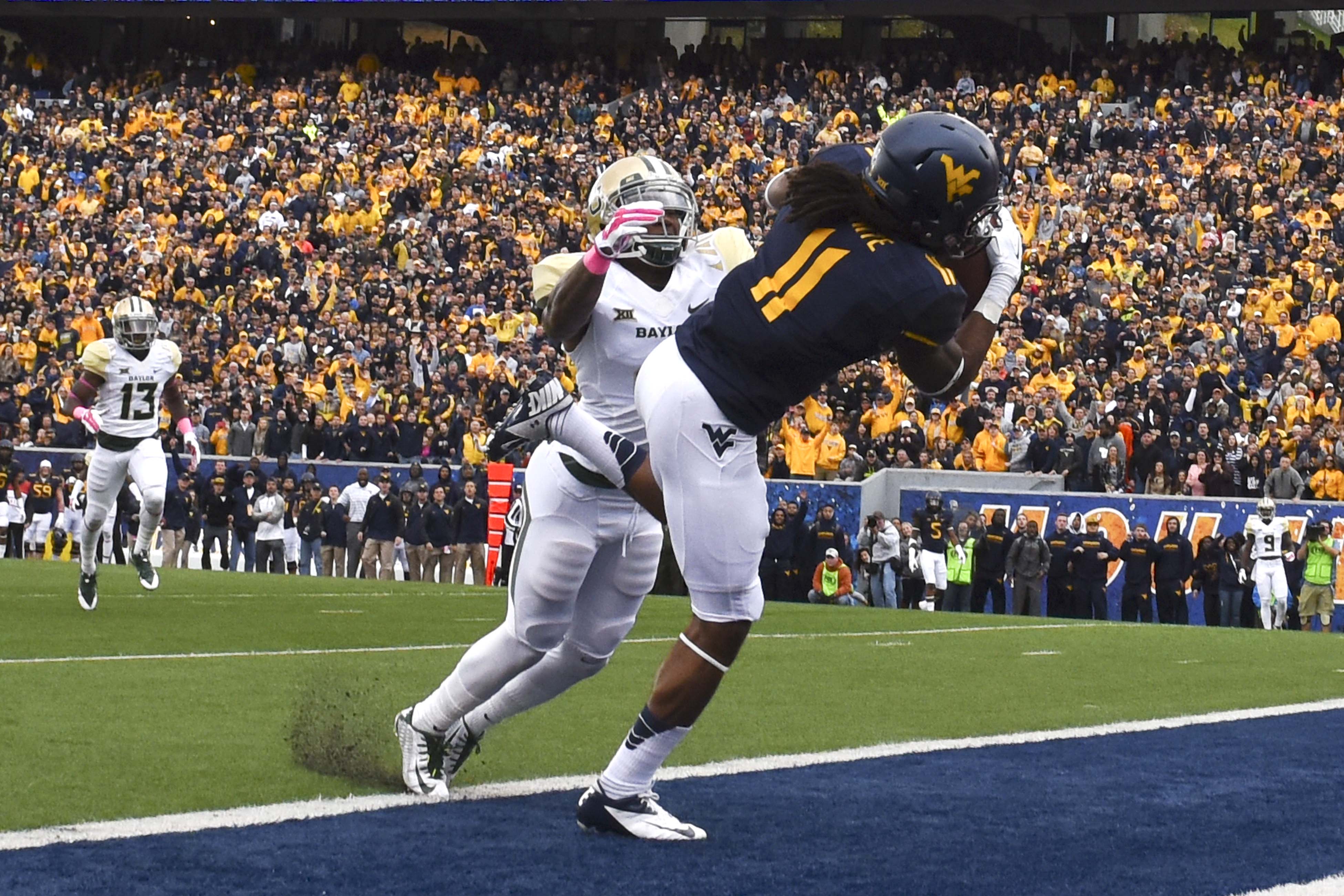The big story at Texas since Arkansas eviscerated the Longhorns in the Texas Bowl has been the hard charge being made by Charlie Strong toward the finish line on national signing day. The wooing process led to a revelation that was overshadowed by speculation about five-star studs and a turf war with Texas A&M.
After just one year in Austin, Strong is abandoning his pro-style offense.
The move puts Strong in good company. Looking to jumpstart his flagging program, Oklahoma coach Bob Stoops is going back to the flavor of the spread that first took him to prominence. Stoops cut ties with longtime assistant Josh Heupel last month, replacing his offensive coordinator with Air Raid wunderkind Lincoln Riley and ditching OU’s awkward zone read scheme.
(This is the point where I should probably express my frustration with the imprecise language we use to distinguish between offenses. For the purposes of this discussion, we’ll use spread to denote a philosophy that is more Mike Leach and less Mark Richt.)
Together, Oklahoma and Texas played a key role in the spread’s evolution from quirky to conventional on a national stage, making this something of a back to the future moment for Big 12. (Although, to be fair, details about Texas’ planned scheme are scarce.) It also raises an interesting question about life in the conference: Do you have to run the spread to win big there?
Bill Snyder would answer that question with an emphatic no — in the most understated way possible, of course.
In his second act, the Purple Wizard of Manhattan is running an O that might be best described as a beefed-up version of Chris Ault’s Pistol. Whatever you want to call it, the Wildcats operate at a decidedly more deliberate speed than their peers and are at their best leaning on the running game. In the last four years, that offensive formula has helped power KSU to a conference title in 2012 and an average of 9.5 wins per year.
But what if you don’t have a silver-haired shaman running your team?
In reality, you’re facing some major hurdles if you want to go against the offensive grain in the Big 12.
The conference’s recruiting footprint lies in the cradle of the spread. Every program in the Big 12 mines the Lone Star State for recruits, so they’re drawing from a talent pool that plays football nearly year-round, and the spread is the default offense of choice.
As such, running a pro-style O in Big 12 territory requires:
- Evaluating offensive prospects who are very likely to be playing in a dramatically different style of offense;
- Trying to sell those recruits on coming to play in a system that is foreign to them; and
- Schooling them in that new system once they reach campus.
Ironically, whereas Texas high school coaches once emulated spread innovators such as Mike Leach and Tony Franklin, they’re now dictating how the colleges have to play.
It would appear that the Red River rivals are getting the message.
The last time either of the Big 12’s historical powers played for a national championship, Texas had one of the most accomplished Air Raid quarterbacks in history behind center. In the five seasons since then, OU and UT have dabbled in run-centric power schemes. They’ve played more like middle-of-the-pack squads during that period, too, combining to win one outright conference crown.
Meanwhile, longtime doormat Baylor has won two consecutive conference titles with one of the most prolific spread attacks in the country. TCU adopted the Air Raid last season and went from 4-8 to one of the best teams in the span of 12 months.
So while it may not be a prerequisite for winning in the Big 12, no one should blame the Sooners and Longhorns for betting on the spread as they look to get back on top of the league.
